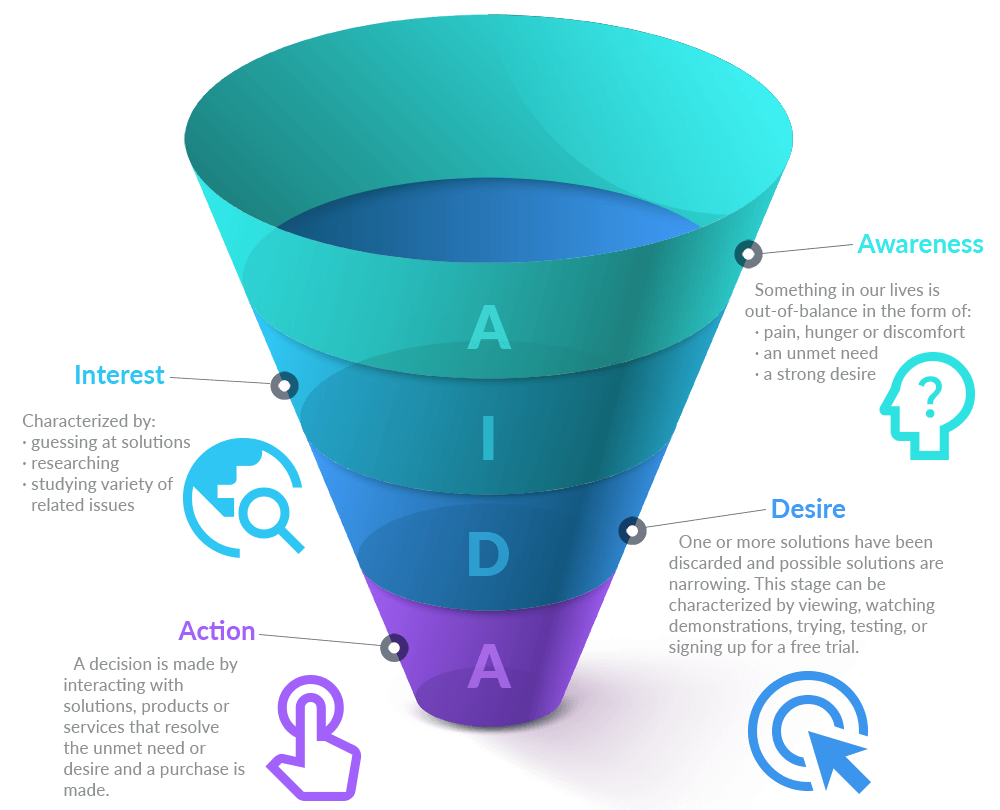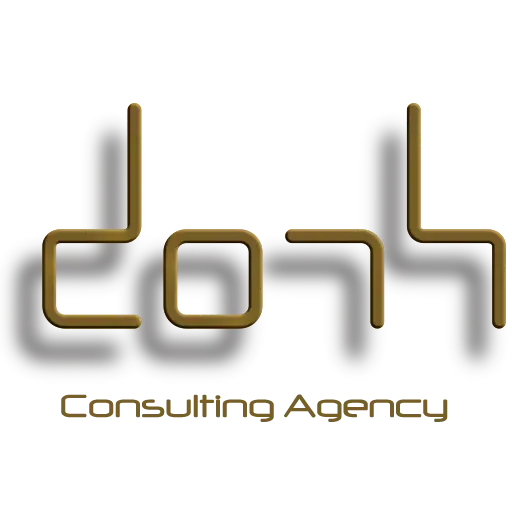Engage Visitors Fast to Increase Sales
Our ability to focus on one thing at a time is continually under pressure. Increasingly consumers have the attention span of a pet playing with a toy: a newer, more different or shinier object can distract in an instant. 
The bounce rate Google Analytics reports is an indication of how well the first 2.7 seconds of content shown to a visitor matches their intent, needs or pain. No landing page is perfect. A/B testing new messaging and designs today is easier than ever, and is necessary to protect your valuable traffic.
The first thing to do to improve engagement and lower bounce rate is to study your own website. Watch web usage tracking sessions using products like Hotjar to gain awareness into confusing or misleading elements of landing pages showing high bounce rates.
Look for “click rage” type behaviors characterized by multiple clicks in the same place. This can indicate visitor frustration. Look for user experience (UX) elements or confusing items or language near any strange user behavior.
Investigate the page spatially, on multiple devices and try to determine causes for hesitation or confusion. Fixing sources of visitor frustration improves ease of use enticing visitors to stay longer. Every time we’ve shown web usage tracking sessions to clients who already had website upgrades in progress, they changed their plans from the insights gained.
Next, identify and match:
- The pages purpose, goal or desired conversion action
- The psychography (psychology and demography) of the incoming traffic
- The customer journey status or location of the Marketing Funnel: top, middle or bottom
Contact Us for a FREE Website Evaluation
- We never sell or share email addresses.
- Stays on same page.
Most Companies Target the Wrong Traffic
The Attention-Interest-Desire-Action or AIDA Marketing Funnel is a concept marketers use to identify a customer’s location along their journey toward the desired conversion. Yet few marketers pay attention to the full funnel.
Top-of-funnel or “TOFU” traffic is often ignored, causing high bounce rates when this traffic arrives at typically BOFU-only landing pages. Ignoring TOFU traffic has costs:
- Paid search marketing costs increase over time. Competitors in specific markets bid in paid search platforms on bottom-of-funnel (BOFU) keyword phrases. These are phrases indicating a customer has already generated their own Attention and Interest and are close to a buying decision. If this sounds familiar you may have bid on these phrases noticing their cost only going up over time.
- Most companies focus on BOFU traffic and ignore the top of the funnel. The reason is because this traffic is easy to target and easy to message. However, your most successful competitors are targeting top-of-funnel (TOFU) topics and strategies now.
- Ignoring TOFU narrows content focus. This can keep you trapped in a repeating pattern of re-writing old content and reusing old topics resulting in less, not more, engagement.
- Ignoring TOFU constrains the potential addressable market. Just as an over-pronated low arch foot-type can cause back problems that initially generates Attention and Interest in pain relievers, writing TOFU content can resonate with surprising quantities of customers that would have never found you otherwise.
Want your blog posts to appear on the first page of Google? Click here.
The Marketing Funnel
The reason traffic bounces is because the landing page content does not match the needs and pain of visitors at that moment.
A high bounce rate means that the content does not align with the collective visitor psychology. It’s as if visitors are asking for an apple but are given a hairbrush.
If a page’s bounce rate is over 40% that means the content is highly misaligned with the needs, pain and psychology of the incoming traffic. At a minimum A/B test different content or page designs to fix the problem. Testing tools are built into modern page builders and many low- and no-cost testing plugins exist for WordPress, Drupal and other CMS platforms. Most are easy-to-use, modern tools that provide all levels of A/B and multivariate testing.
Determine aspects about the persona (or the collective psychology) of those visiting your pages. Segmenting incoming traffic is necessary to separate those ready to buy from those in an Attention or Interest research phase. Upstream efforts to channel paid, organic, direct and referral traffic to content-aligned landing pages will lower high bounce rates.

Why Strong Bottom-of-Funnel Content Is Important
Challenge: go to a familiar website that sells products and notice how – especially for those products or services that are large or complex – little if any of the text on the home page can be termed as “top-of-funnel” unless it directly adds to the conversion value (bottom-of-funnel) of the rest of the content. This is intentional. The home page should be a welcome front door for customers that have researched the product or service and have themselves done the heavy lifting of the first two stages of the funnel – Attention and Interest – before arriving.
Look for “Nested Funnels” for New Content Ideas
Big purchase buying decisions are their own funnel, and often have several buying funnels nested inside those funnels for purchasing items related to the larger purchase:

Content ideas can come from these smaller funnels. A loan officer for refinancing investment properties targets current homeowners looking at home inspection services for a campaign tailored to that buyer. Home security companies can seek new home buyers and the other nested funnels they are in to target with their services (sometimes called ‘cohorts’ or ‘in-market audiences’). The smart strategy is to broaden thinking about what exactly defines an “addressable market” for your industry and business.
Match Funnel Stage with Landing Page Content
Visitors bounce away from a page because it doesn’t match their:
- Location on the buyer journey. BOFU content often does not resonate with TOFU traffic.
- Pain points or the needs they have as the reason for finding your site.
- The visitor finds layout, elements or website behavior unacceptable.
Tools like Hotjar mentioned earlier for user session tracking will uncover website behavior issues. Customer journey location and pain points as they relate to your product or service are determined by the source of the traffic. In other words, where traffic comes from often tells most of the story about their state of mind and purchase readiness.
Funnel Engagement Messaging Scorecard
In order to correctly message various funnel segments, at DONH.com Consulting Agency we use a Funnel Engagement Messaging Scorecard to force thinking about not only TOFU content topics, but also Objections and potential Calls-to-Action when considering about what micro-conversion touch points to develop for TOFU traffic.
| TOPIC | OBJECTION | CALL-TO-ACTION | |
| ATTENTION | Content topic speaking to a visitor in the Attention customer journey phase. Example: back pain really caused by feet |
Objection(s) this visitor may have regarding this Attention phase topic.
|
Call-to-action appropriate for this visitor in the Attention customer journey phase. Example: white paper, research paper. |
| INTEREST | Content topic(s) speaking to a visitor in the Interest customer journey phase. Example: research back pain causes |
Objection(s) this visitor may have regarding this Interest phase topic. Example: customer trust with email address |
Call-to-action appropriate for this visitor in the Interest customer journey phase. Examples: Email sign-up, micro-conversion content like a download or white paper. |
| DESIRE | Content topic speaking to a visitor in the Desire customer journey phase. Example: research show feet possible cause |
Objection(s) this visitor may have regarding this Desire phase topic. Example: competition’s different features |
Call-to-action appropriate for this visitor in the Desire customer journey phase. Examples: Consultation, sales call, content comparing competition. |
| ACTION | BOFU content topic speaking to a visitor that is ready to buy. Example: doctor consultation / shoe supports |
Objection(s) this visitor may have before buying. Example: cost, delivery, support |
Call-to-action appropriate for this visitor. Example: Buy Now button. |

Lower Bounce Rate and Ad Costs While Increasing Traffic and Sales
The above top-of-funnel keyword phrase content development strategies push cost values (leaking traffic, increasing paid search costs) lower by expanding focus outside narrow bottom-of-funnel keyword phrase bidding wars and content authoring topics. This re-focus can quickly produce positive effects. Broader content footprint produced by focusing on TOFU phrases:
- improves domain authority
- increases high-converting backlinks
- increases organic appearance in search engine results pages (SERPS)
We’ve had clients lower paid search budgets 60% by adding TOFU phrase content to their websites. More traffic increases conversations and engages more prospects. Even if traffic intent is not to purchase immediately, TOFU “content niches” are discovered. These are TOFU topics that lead to conversions and can be exploited by developing content and campaigns around such phrases. Remember most companies are focused on highly coveted BOFU phrases, trying to squeeze more conversions out of fewer prospects as competitors enter the market. Developing top-of-funnel landing pages for well-defined personas establishes a content footprint that will cover the full Marketing Funnel. This will not only widen your addressable market, it will lower your bounce rates, lower your advertising costs, broaden market share and increase sales all at once. You will easily outperform your competition.
Contact Us
- We never sell or share email addresses.
- Stays on same page.

